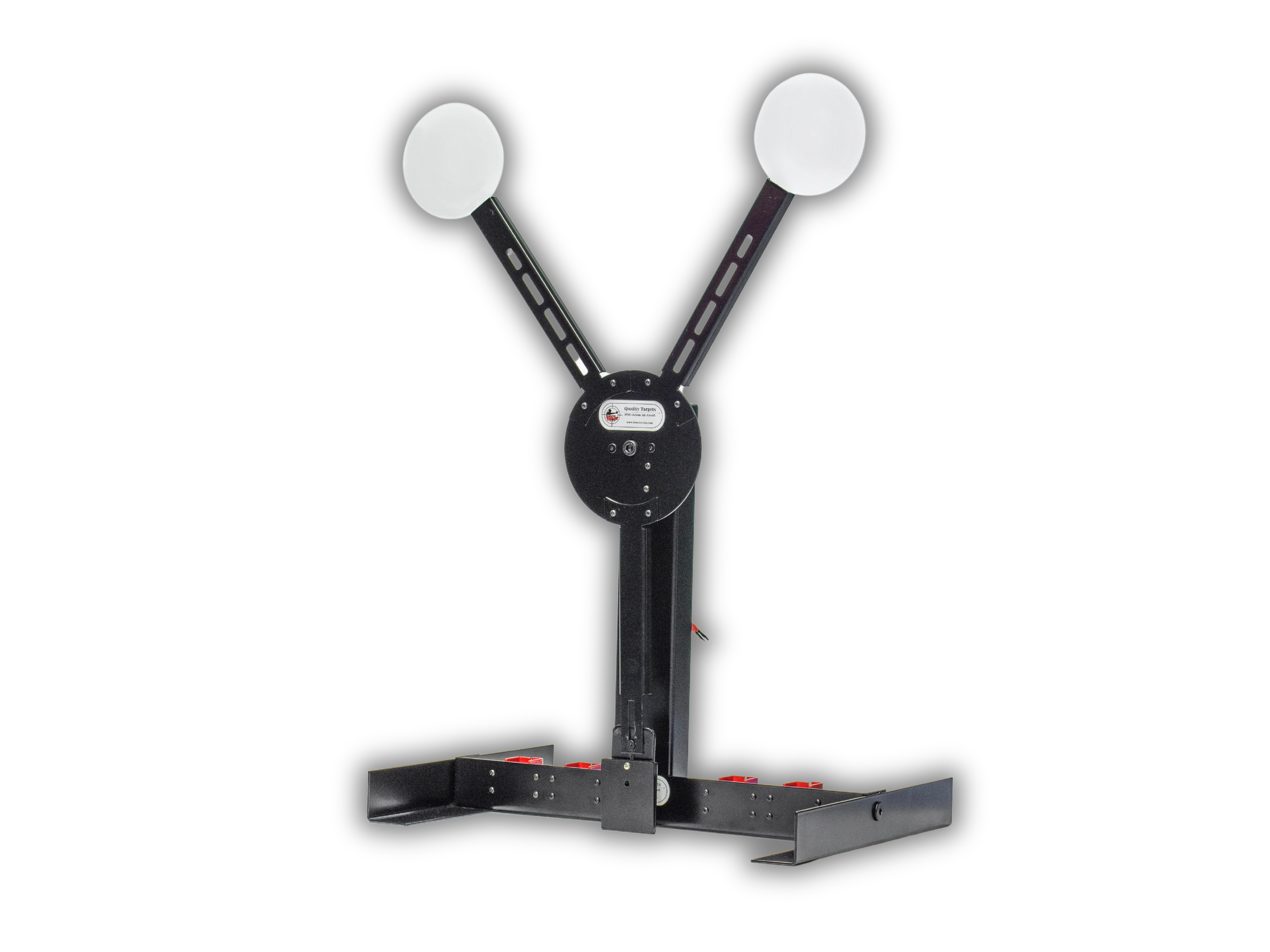Introduction
Welcome to the world of IPSC shooting, where precision and speed go hand in hand. IPSC (Global Practical Shooting Confederation) is a dynamic and difficult shooting sport that needs shooters to engage targets while browsing through different scenarios. One element that sets IPSC apart from other shooting disciplines is using moving targets. In this post, we will check out innovative methods for mastering moving targets in IPSC training.
The Significance of Quality IPSC Targets
Before delving into the methods, it is vital to emphasize the significance of using quality IPSC targets. A reputable target should not just endure the impact of bullets but likewise provide clear scoring zones for accurate examination. Shoot N' Train IPSC Targets have actually complete ipsc paper target sets gotten recognition in the shooting community for their resilience and precise style. Buying high-quality IPSC cardboard targets makes sure that your training sessions are effective and realistic.
Advantages of Shoot N' Train IPSC Targets
Shoot N' Train uses a large range of benefits when it concerns IPSC training:
Durability: Shoot N' Train IPSC targets are made from sturdy cardboard material, making them resistant to wear and tear during intense training sessions.
Accurate Scoring Zones: The targets feature distinct scoring zones, enabling shooters to evaluate their accuracy and boost their skills effectively.
Realistic Representation: Shoot N' Train targets simulate the size and shape of real-world items, offering a more genuine training experience.
Easy Setup: These targets can be easily set up on any range or practice location, conserving important time throughout training sessions.
By utilizing Shoot N' Train IPSC Targets, shooters can optimize their training capacity and enhance their efficiency on moving targets.
Mastering Moving Targets: Advanced Techniques
Mastering moving targets needs a combination of ability, focus, and versatility. Here are some sophisticated techniques to boost your performance in IPSC training:
1. Preserving a Consistent Stance
To effectively engage moving targets, it is necessary to develop a stable shooting platform. Start by placing your feet shoulder-width apart and dispersing your weight uniformly. Preserve a small bend in your knees and keep your upper body unwinded. This stance offers a solid structure for fast target acquisition and follow-up shots.
2. Tracking the Target
Tracking moving targets needs smooth coordination between the shooter's eyes, hands, and body movements. Train your eyes to stay focused on the target while using peripheral vision to monitor your surroundings. As the target relocations, smoothly track its trajectory with your firearm, keeping it aligned with the target's path.
3. Timing and Trigger Control
Timing plays a vital role in hitting moving targets properly. Develop a sense of timing by experimenting different moving target speeds. As you track the target, prepare for the right moment to squeeze the trigger, ensuring accurate shot placement.
4. Body Positioning for Transitions
IPSC scenarios often include appealing multiple moving targets in fast succession. To optimize your effectiveness throughout transitions, position your body in a manner that reduces motion in between targets. Practice shifting your weight smoothly from one foot to another while preserving balance and stability.
5. Using Sight Picture Techniques
When engaging moving targets, shooters should adjust their sight photo strategies for enhanced precision. Explore different sight positionings, such as "flash sight image" or "target focus," to figure out which works finest for you in different scenarios.
6. Incorporating Movement into Training
To simulate real-world shooting scenarios, incorporate movement into your training program. Practice shooting while on the relocation, engaging targets from different angles and distances. This vibrant training method enhances both speed and accuracy when dealing with moving targets.

FAQs
Here are some often asked concerns about mastering moving targets in IPSC training:
Q: How can I enhance my reaction time when engaging moving targets?- A: Reaction time can be boosted through consistent and recurring training. Regularly practice drills that focus on fast target acquisition and engagement.
- A: One typical mistake is overcompensating for the target's motion, leading to inaccurate shots. Another is losing concentrate on peripheral targets while engaging a primary target.
- A: Yes, different types of moving targets require differing strategies. For instance, engaging a swinging target may require leading the target, while engaging a running target might include aiming at the predicted point of impact.
- A: Accuracy features practice and establishing a deep understanding of your firearm's characteristics. Routinely train with moving targets to refine your shooting skills.
- A: Psychological preparation is vital for preserving focus and reacting promptly to changing scenarios. Envision successful engagements before stepping onto the range to cultivate a positive mindset.
- A: Yes, dry-fire practice is an efficient method to improve trigger control and sight positioning, which are essential abilities for hitting moving targets accurately.
Conclusion
Mastering moving targets is a difficult but rewarding venture in IPSC training. By integrating these innovative strategies into your practice sessions and utilizing quality IPSC targets like Shoot N' Train, you can raise your shooting skills to new heights. Keep in mind, consistency and commitment are crucial to achieving success in this vibrant shooting sport. So get your gear, head to the range, and start the journey of mastering moving targets in IPSC training.